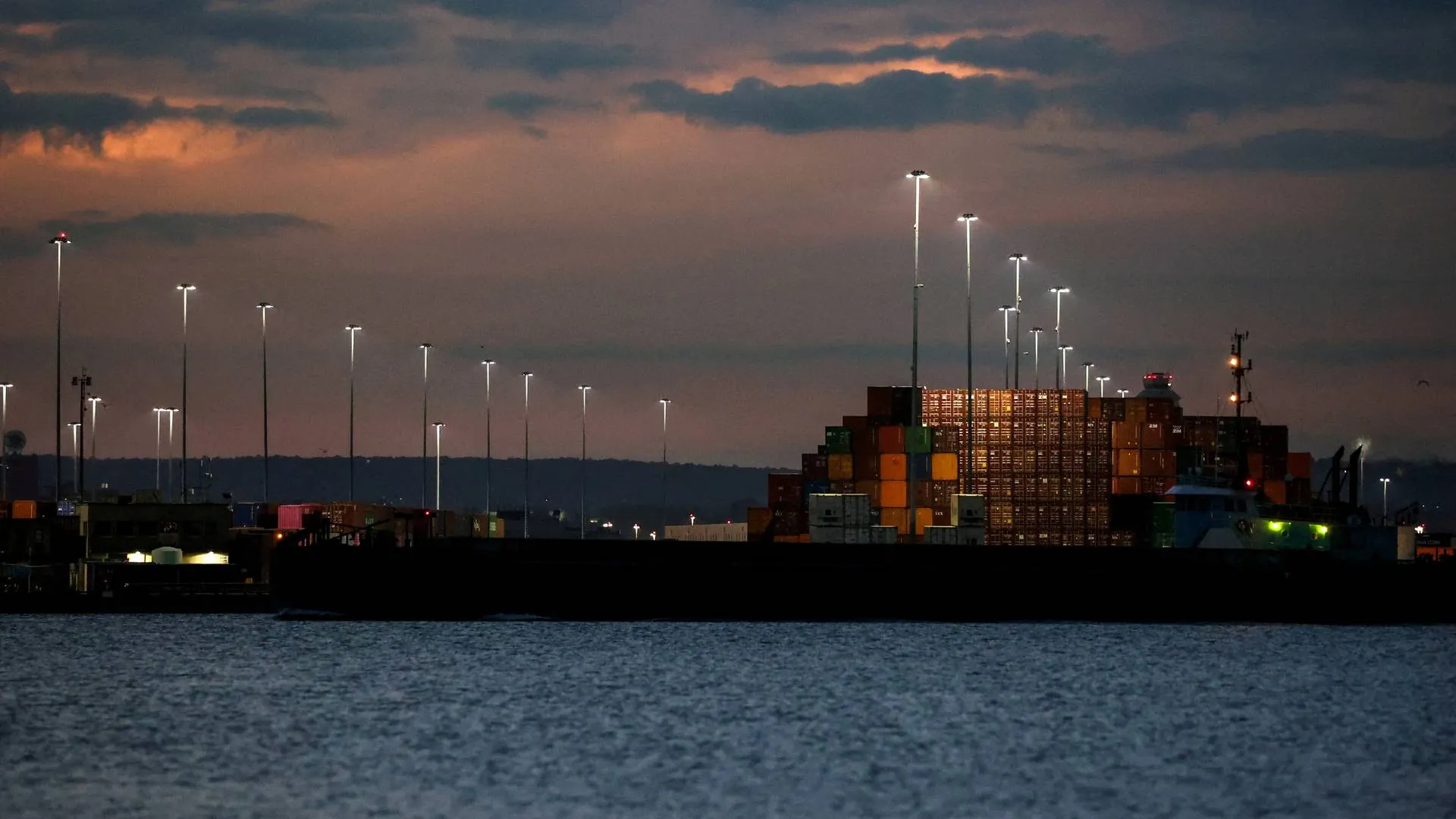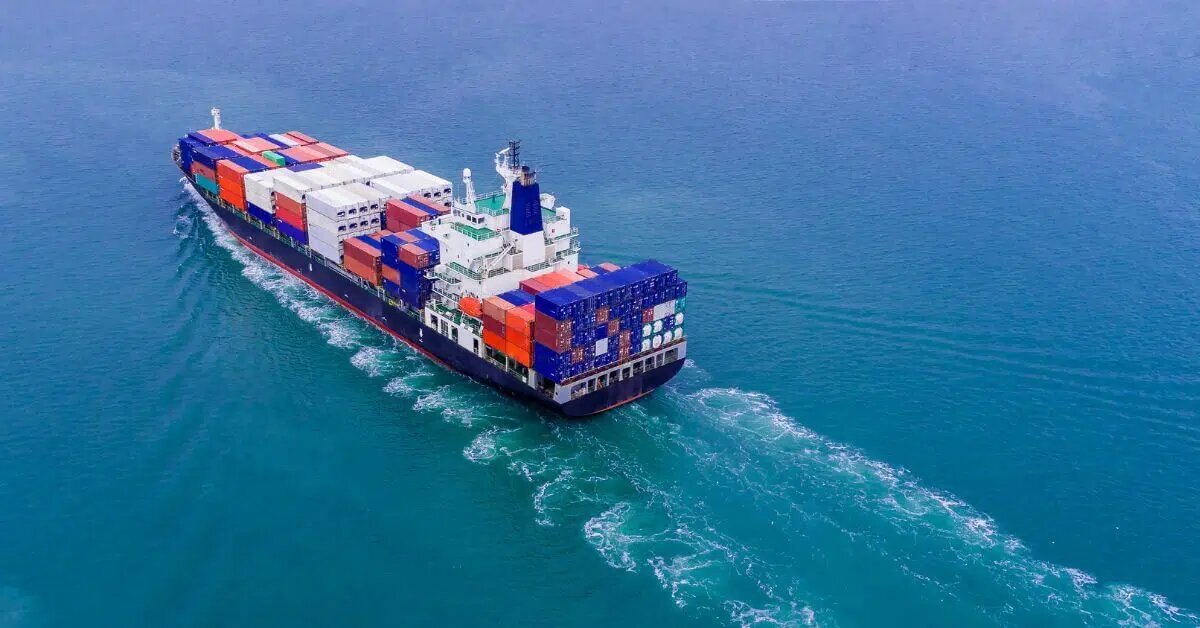Amid the global shipbuilding market recovery and accelerated industry restructuring, Chishan Group has made a significant move into the shipbuilding sector by fully taking over Shandong Baibuting Shipbuilding. After years of dormancy, this historic shipyard with over 70 years of history is set to sail again under new ownership.
On July 22, Chishan Group acquired the large-scale shipyard—Shandong Baibuting Shipbuilding Co., Ltd. located in Rongcheng, Shandong, and reorganized it into “Shandong Fortune Shipbuilding Co., Ltd.” That morning, the equity transfer and comprehensive handover ceremony of Shandong Baibuting Company was held in the second-floor conference room of Baibuting Company, with representatives from both Baibuting Company and Chishan Group attending. This marks a solid step forward for Chishan Group in optimizing its industrial layout and injects new momentum into the regional ship repair and construction industry.
Wang Huajie, Deputy General Manager of Chishan Group, represented the group at the meeting and stated in his speech: “Chishan Group will leverage its advantages in management, capital, and other areas to efficiently integrate and upgrade resources, comprehensively enhancing the new company’s overall strength and core competitiveness in shipbuilding, repair, and supporting services, revitalizing this historic shipyard.”
Chen Feng, Deputy General Manager of Baibuting Group, attended the handover ceremony. In his speech, he highly praised the past development of Baibuting Shipbuilding and the hard work of its employees, expressing high expectations for the new company under Chishan Group’s leadership.
It is reported that Chishan Group Co., Ltd. was founded in 1988, with business operations spanning six industries: marine fishing, construction engineering, real estate development, industrial manufacturing, tourism services, and financial services. The group has total assets of 15 billion yuan, 12,000 employees, and annual sales revenue of nearly 10 billion yuan. The acquisition of Baibuting Shipbuilding is a significant move for Chishan Group to enter the shipbuilding industry.
Shandong Baibuting Shipbuilding Co., Ltd. is located in Rongcheng, Weihai, Shandong. Its predecessor was Rongcheng Haida Shipbuilding Co., Ltd., which had over 50 years of shipbuilding history. The shipyard was established in 1953, initially focusing on fishing vessels and fishing equipment production. Since the reform and opening-up, it has developed into one of the leading enterprises in northern China integrating the design, construction, and repair of steel fishing vessels. Before restructuring, it was a state-owned medium-sized enterprise, which was transformed into a joint-stock company in 1998. In 2001, it obtained the right to engage in import and export trade; in 2006, it passed the ISO9001 quality system certification by the China Quality System Certification Center, establishing a quality assurance system for international market competition.
In 2007, Wuhan Baibuting Group fully acquired Rongcheng Haida Shipbuilding Co., Ltd. and renamed it Shandong Baibuting Shipbuilding Co., Ltd. Baibuting Group is a cross-industry, cross-regional comprehensive large-scale private enterprise group primarily engaged in real estate development, along with cultural industries, shipbuilding, and international trade. It has been consistently ranked among China’s top 500 private enterprises and top 100 real estate companies for many years.
Baibuting Group began focusing on the shipbuilding industry in 2004 and established Huanyu Import and Export Trade Co., Ltd. the following year, specializing in ship export trade. In June 2006, it acquired a 65% stake in Liaoning Hongguan Shipbuilding Co., Ltd., gaining its first shipbuilding base. In August 2007, it fully acquired Haida Shipyard, securing its second shipbuilding base, making Baibuting Group the largest private shipbuilding enterprise in Hubei.
According to Baibuting Group’s plan at the time, Shandong Baibuting Shipbuilding was expected to achieve a shipbuilding capacity of 400,000 deadweight tons by 2008, with annual shipbuilding output value reaching 3 billion yuan. From 2009 to 2012, its annual shipbuilding capacity would exceed 1.2 million deadweight tons, with annual shipbuilding output value surpassing 10 billion yuan. In 2009, the group’s two shipyards achieved an annual shipbuilding capacity of 2 million tons, with the shipbuilding sector accounting for half of the group’s total revenue.
However, with the prolonged downturn in the shipbuilding industry after 2008, Baibuting Group’s shipbuilding business also faced difficulties. By 2012, the group’s two shipyards had delivered only nine vessels, all from old orders, and failed to secure any new contracts. Due to the lack of orders, Baibuting’s Liaoning shipyard was converted in 2013 into a factory producing environmental protection equipment such as sewage treatment and desulfurization devices, leaving only the Shandong shipyard to continue shipbuilding.
According to Clarksons’ data, Shandong Baibuting Shipbuilding delivered a total of 12 new vessels from 2009 to 2013, with a combined deadweight tonnage of 120,315. The largest vessels were two bulk carriers—the 33,465-dwt “WL Atlantic” (built in 2010) and the 33,413-dwt “WL Pacific” (built in 2011)—while the rest were mostly multipurpose and general cargo ships below 10,000 dwt.
Shandong Baibuting Shipbuilding boasts excellent conditions, with a spacious shipyard area, ideal sea depth, a long coastline, suitable water depth, and good sheltering conditions. It has a 246m × 68m shipbuilding berth equipped with a 300-ton gantry crane, a 120m × 26m inclined slipway with an 80-ton gantry crane, and a 150m × 45m inclined dock platform with one 80-ton gantry crane and two 60-ton portal cranes. It can build vessels up to 35,000 dwt and has favorable conditions for constructing large docks and inclined slipways.
With Chishan Group’s strong support and overall strategic advancement, the revitalized Shandong Baibuting Shipbuilding is expected to leverage its advantages and develop into a regional or even nationally significant shipbuilding base, regaining its competitive edge in the new shipbuilding market cycle.




